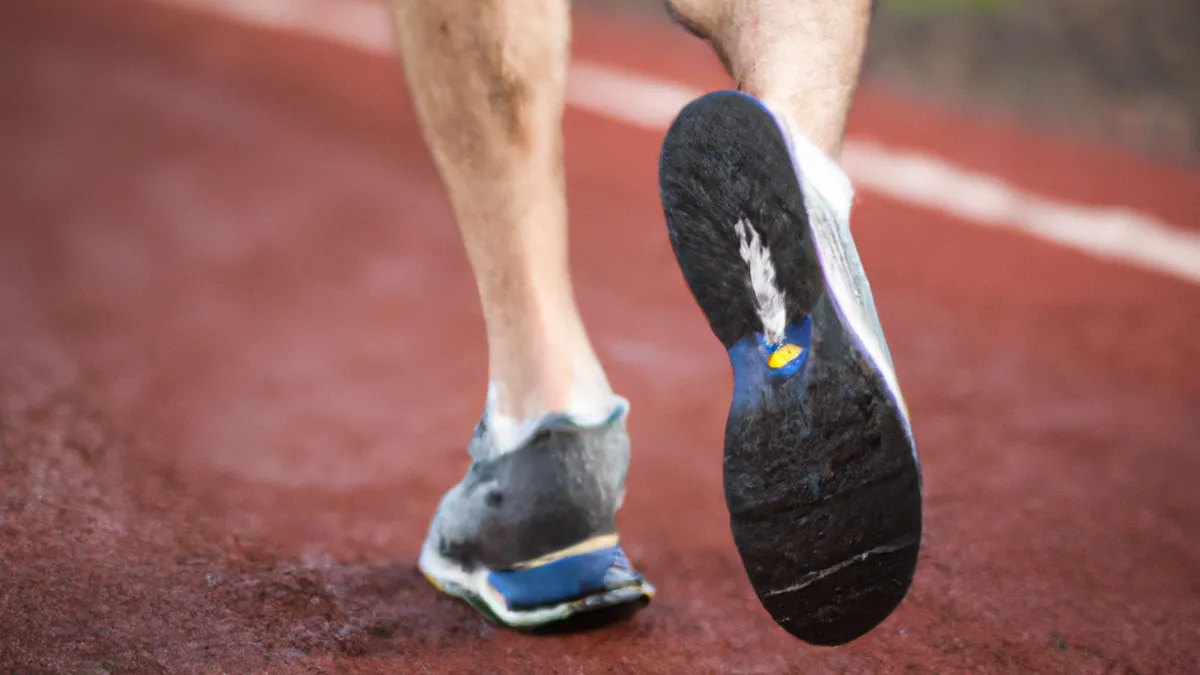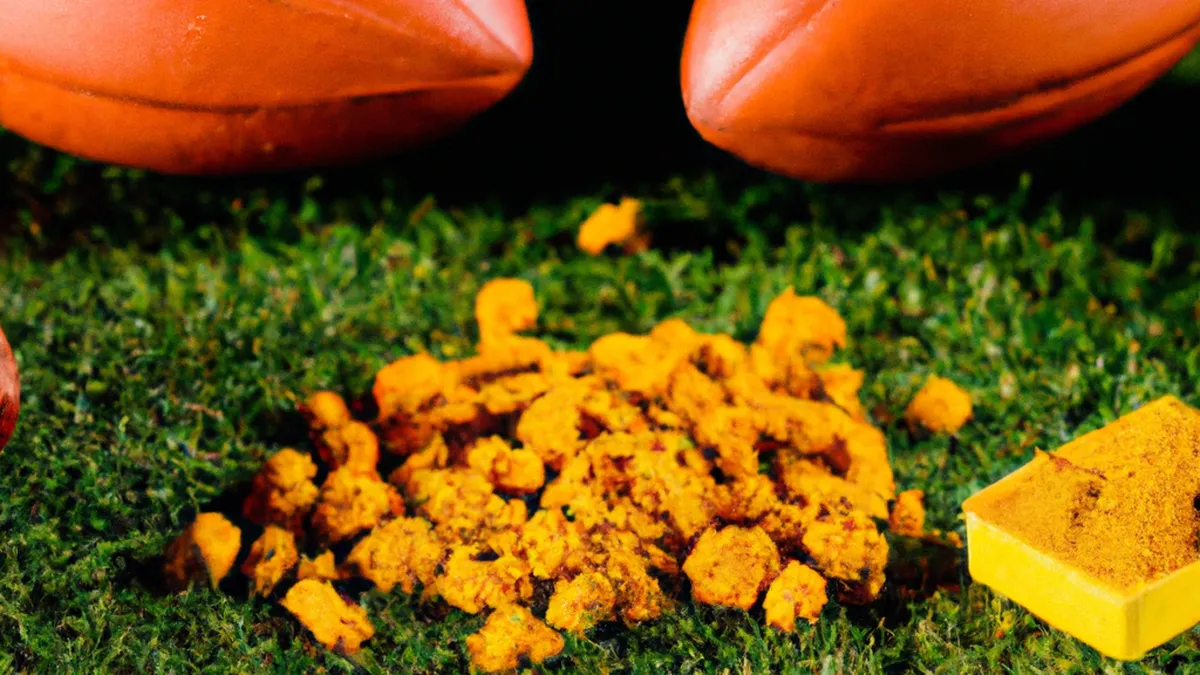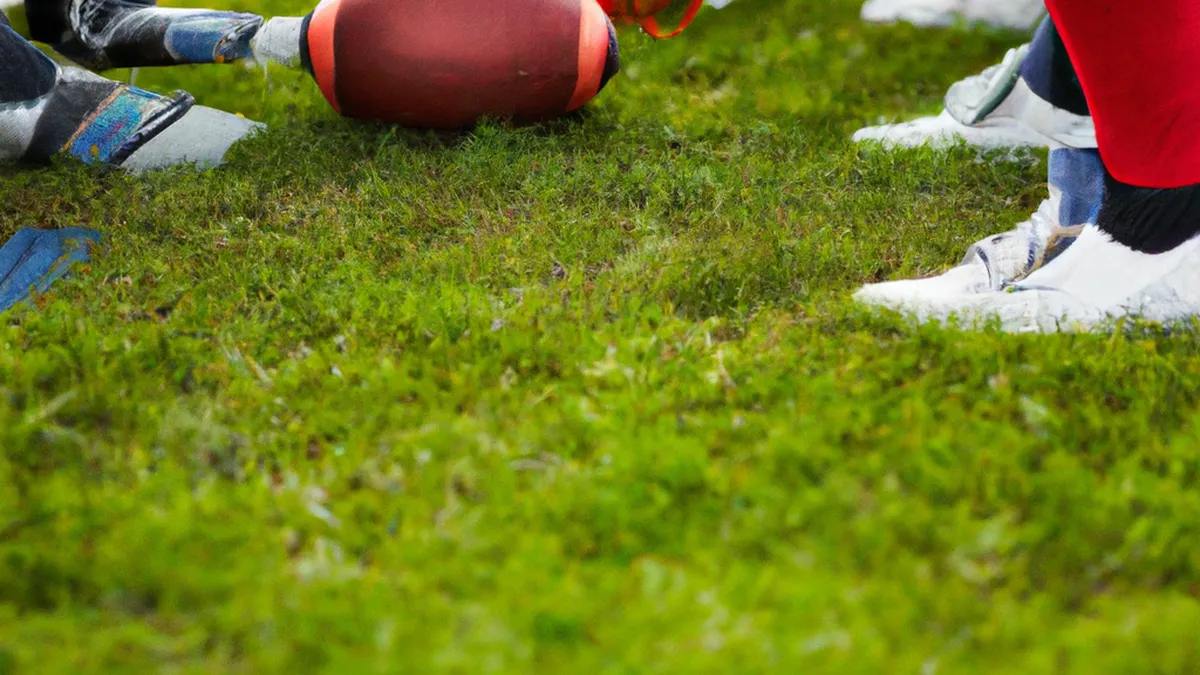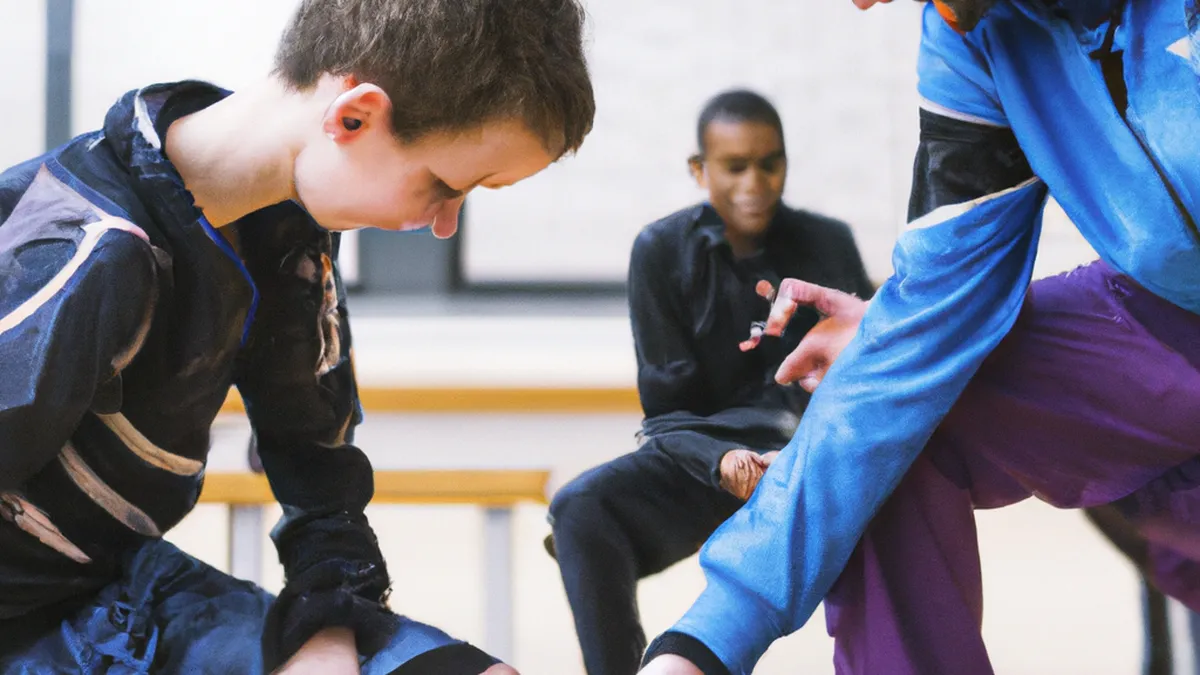Speedy Recovery: Best Exercises for Orienteers
Recovery Exercises Post-OrienteeringOrienteering combines navigation and running over varied terrains. After an intense session, prioritize recovery to prevent injuries and enhance future performance. Recovery exercises restore energy, reduce muscle soreness, and prepare your body for new adventures. This article highlights effective recovery exercises and strategies for your post-orienteering routine.
Essential Recovery Exercises
1. Gentle Stretching
After orienteering, your muscles often feel tight. Gentle stretching effectively promotes recovery. Stretching improves flexibility and boosts blood flow, aiding muscle repair and reducing soreness. **Calf Stretch:**Stand facing a wall and place your hands against it. Step one leg back, keeping the heel pressed into the ground. Hold for 20-30 seconds, then switch sides.**Quadriceps Stretch:**While standing, bend one knee and grasp your ankle, pulling it toward your glutes. Ensure your knees stay close together. Hold for 20-30 seconds, then switch legs.**Hamstring Stretch:**Sit with your legs extended in front of you. Keep your back straight and reach for your toes. If needed, extend your arms forward as far as comfortable. Hold for 20-30 seconds.Incorporate these stretches into your routine to alleviate tension and improve flexibility, enhancing agility for future orienteering challenges.
2. Foam Rolling
Foam rolling effectively releases muscle tightness and improves circulation. It serves as self-myofascial release and can ease muscle soreness.**Calves:**Sit on the floor and position a foam roller under your calves. Roll back and forth slowly, spending about one minute on each leg. Pause on tight spots and apply pressure for a few seconds.**Quadriceps:**Lie face down and place the foam roller under your thighs. Roll slowly, focusing on tight areas. Spend about one minute rolling over your quads.**Back:**Lie on the foam roller under your shoulder blades. Cross your arms over your chest and roll gently back and forth. This movement relieves tension in your upper back. Spend about one minute in this position.Foam rolling decreases muscle soreness and stiffness, enhancing your recovery after orienteering.
3. Light Cardio
Engaging in light cardio after orienteering maintains blood flow and promotes recovery.
Conclusion
As an Amazon Associate I earn from qualifying purchases.
Gear tip: consider massage oil, massage gun, and lacrosse ball to support this topic.
Incorporate these recovery exercises to enhance your post-orienteering routine and prepare for future adventures.
Below are related products based on this post:
FAQ
What are the benefits of recovery exercises after orienteering?
Recovery exercises help restore energy, reduce muscle soreness, and prepare your body for future activities. They enhance performance by improving flexibility and circulation, ultimately aiding in muscle repair.
What types of stretching are recommended after orienteering?
Gentle stretching, including calf, quadriceps, and hamstring stretches, is recommended. These stretches alleviate tension, improve flexibility, and boost blood flow, which is essential for effective recovery.
How does foam rolling contribute to recovery?
Foam rolling releases muscle tightness and improves circulation through self-myofascial release. It helps decrease muscle soreness and stiffness, making it an effective tool for recovery after orienteering.















Post Comment